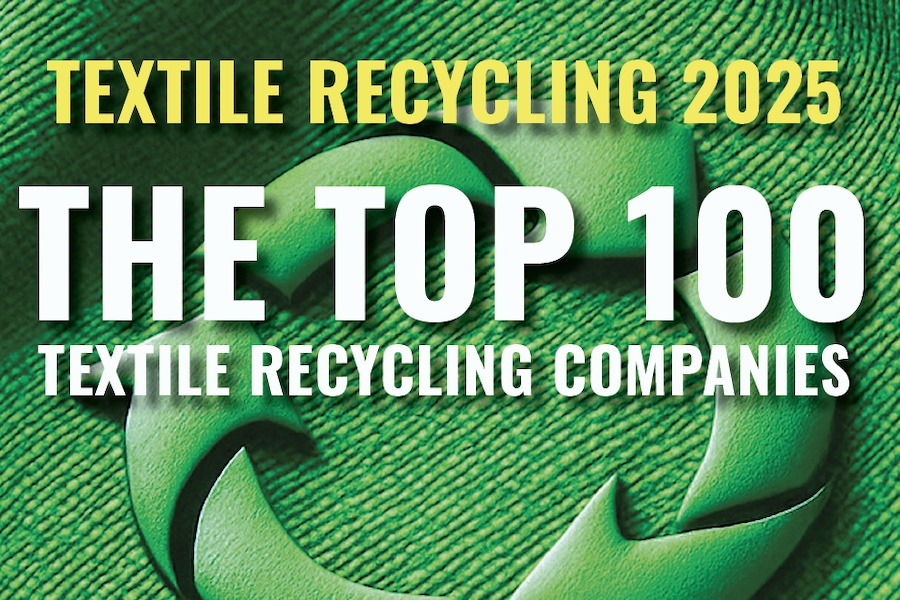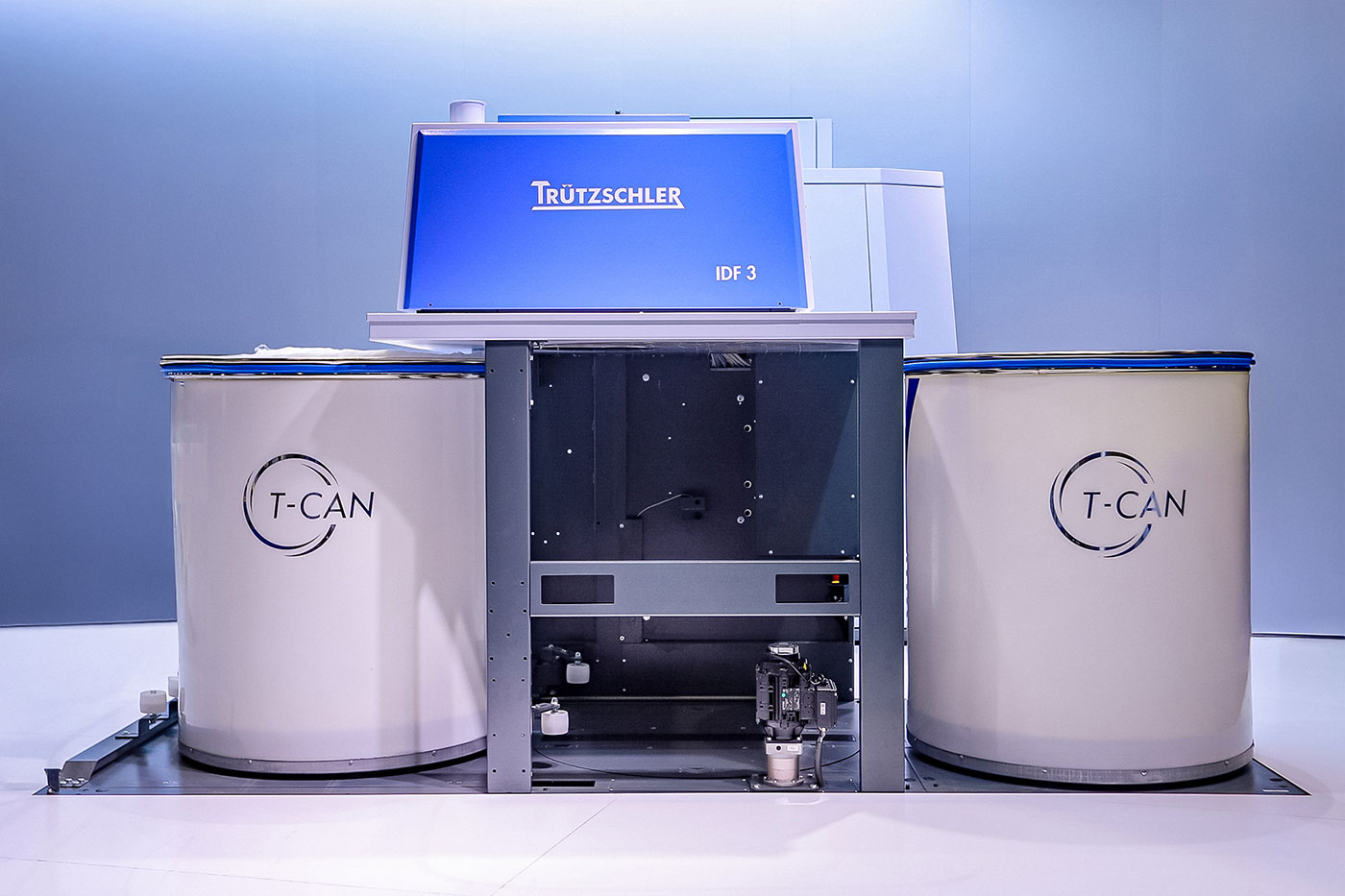#Europe
Autumn 2021 economic forecast: From recovery to expansion, amid headwinds
Growth rates for the euro area are projected to be identical to those for the EU in 2021 and 2022, and 2.4% in 2023. This outlook depends heavily on two factors: the evolution of the COVID-19 pandemic and the pace at which supply adjusts to the rapid turnaround in demand following the re-opening of the economy.
The European economy returns to an expansionary path faster than expected
At almost 14% in annual terms, the rate of GDP growth in the EU in the second quarter of 2021 was the highest reading on record – as high as the unprecedented fall in GDP in the same period last year, during the first wave of the pandemic. The EU economy regained the pre-pandemic output level in the third quarter of 2021 and moved from recovery into expansion.
Domestic demand is set to continue to drive this expansion. Improvements in labour markets and a projected decline in savings should contribute to a sustained pace of consumer spending. The implementation of the Recovery and Resilience Facility (RRF) is also starting to play an important role in boosting private and public investment.
Nevertheless, the growth momentum is facing new headwinds. Bottlenecks and disruptions in global supply are weighing on activity in the EU, in particular in its highly integrated manufacturing sector. Moreover, after having fallen sharply in 2020, energy prices, particularly for natural gas, have increased at a tumultuous pace over the last month and are now well above pre-pandemic levels. This is set to weigh on consumption and investment.
The labour market is due to continue improving
EU labour markets improved markedly thanks to the easing to restrictions on consumer-related activities. In the second quarter of this year, the EU economy created about 1.5 million new jobs, many workers exited job retention schemes and the unemployment rate decreased. However, total headcount employment in the EU was still 1% shy of its pre-pandemic level.
Since then, unemployment has declined further. At 6.8%, the EU unemployment rate in August stood just above the rate recorded at the end of 2019. Data released after the cut-off date of the forecast show that it declined slightly further in September. The Commission's business surveys reveal emerging pockets of labour shortages, particularly in sectors where activity is surging most. The longer these last, the higher the risk that they dampen activity and feed into inflation through wage pressures.
The forecast projects employment in the EU to grow at a rate of 0.8% this year, 1% in 2022 and 0.6% in 2023. Employment is expected to surpass its pre-crisis level next year and move into expansion in 2023. Unemployment in the EU is forecast to decrease from 7.1% this year to 6.7% and 6.5% in 2022 and 2023, respectively. In the euro area, it is projected at 7.9%, 7.5% and 7.3% over the three years.
Lower deficits than expected
Improved growth prospects point to lower deficits in 2021 than expected in spring. After reaching 6.9% of GDP in 2020, the aggregate deficit in the EU should narrow marginally to 6.6% in 2021 on the back of the still high fiscal support in the beginning of the year.
With support measures and the operation of automatic stabilisers set to unwind as the economic expansion continues, the EU's aggregate deficit is forecast to halve to around 3.6% of GDP in 2022 and to decrease further to 2.3% in 2023.
After reaching around 92% in the EU (99% in the euro area), the aggregate debt-to-GDP ratio is set to broadly stabilise this year, and start declining in 2022, reaching 89% of GDP in 2023 (97% in the euro area).
Temporary global price pressures drive inflation to ten-year high
Following several years of low inflation, the strong resumption of economic activity in the EU and many advanced economies has been accompanied by a pick-up in inflation that exceeded predictions.
Annual inflation in the euro area rose from a negative -0.3% in the last quarter of 2020, to 2.8% in the third quarter of 2021. The October reading was 4.1%, a rate matched only once since the publication of euro area inflation data began in 1997.
This strong pick-up in inflation is mainly driven by the surge in energy prices, but appears also linked to a broad set of post-pandemic economic adjustments, suggesting that the current elevated levels are largely transitory.
Inflation in the euro area is forecast to peak at 2.4% in 2021, before declining to 2.2% in 2022 and 1.4% in 2023, as energy prices are set to gradually level out. For the EU, inflation is expected at 2.6% in 2021, 2.5% in 2022 and 1.6% in 2023.
Uncertainty and risks surrounding the growth outlook remain very high
Although the impact of the pandemic on economic activity has weakened considerably, COVID-19 has not yet been defeated and the recovery is heavily dependent on its evolution, both within and outside the EU. In light of the recent surge of cases in many countries, the reintroduction of restrictions impacting on economic activity cannot be ruled out. In the EU this risk is particularly relevant in Member States with relatively low vaccination rates.
Economic risks also relate to the potentially protracted impact of the current supply constraints and bottlenecks.
The main upside risk to the growth outlook is related to the potential efficiency gains and durable productivity advances triggered by the pandemic-induced structural changes. Investments fostered by the RRF and the accompanying structural reforms will be instrumental in this respect. Overall, the balance of risks surrounding this forecast has tilted to the downside.
Inflation may turn out higher than forecast if supply constraints are more persistent and above-productivity wage increases are passed on to consumer prices.
Members of the College said:
Valdis Dombrovskis, Executive Vice-President for an Economy that Works for People, said: “The European economy is bouncing back strongly from the recession, with a projected growth rate of 5% this year. Our measures to cushion the blow of the pandemic and to ramp up vaccinations across the EU have clearly contributed to this success. But this is no time for complacency: we continue to face uncertainty with this virus and there are some risks to contend with. Not least, we need to address bottlenecks in supply chains, as well as surging energy prices which will affect many households and companies across Europe. We also need to closely monitor inflation and adjust our policies if needed. To stay on track, we must now focus on rolling out investments and reforms planned under the Recovery and Resilience Facility to boost our economic potential.”
Paolo Gentiloni, Commissioner for Economy, said: “The European economy is moving from recovery to expansion but is now facing some headwinds. An unprecedented policy response cushioned the impact of COVID-19 on workers and businesses and a successful vaccination campaign has enabled the reopening of our economies since the spring. This has powered a surge in growth, which is in turn helping to stabilise our public finances. And with the support of NextGenerationEU, public investment is set to reach its highest level in more than a decade. There are three key threats to this positive picture: a marked increase in COVID cases, most acute in areas where vaccinations are relatively low; rising inflation, driven largely by a spike in energy prices; and supply-chain disruptions that are weighing on numerous sectors. We must remain vigilant and act as needed to ensure these headwinds do not blow the recovery off course.”
Background
This forecast is based on a set of technical assumptions concerning exchange rates, interest rates and commodity prices with a cut-off date of 19 October. For all other incoming data, including assumptions about government policies, this forecast takes into consideration information up until and including 25 October. Unless new policies are credibly announced and specified in adequate detail, the projections assume no policy changes.
The European Commission publishes two comprehensive forecasts (spring and autumn) and two interim forecasts (winter and summer) each year. The interim forecasts cover annual and quarterly GDP and inflation for the current and following year for all Member States, as well as EU and euro area aggregates.
The European Commission's Winter 2022 Economic Forecast will update GDP and inflation projections and is expected to be presented in February 2022.














